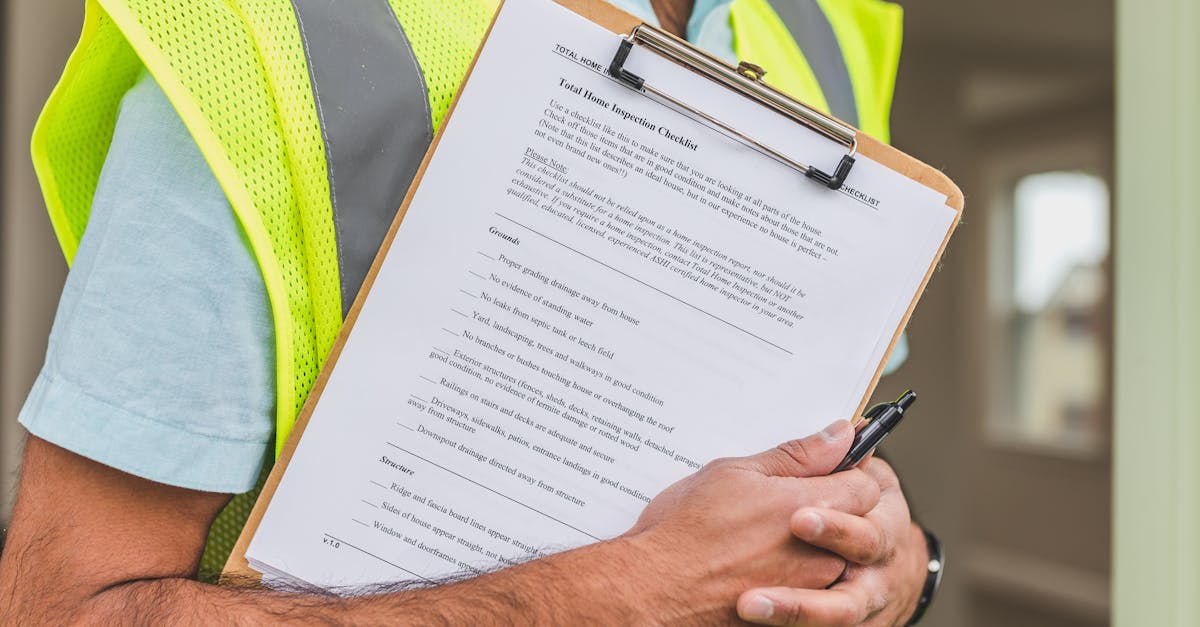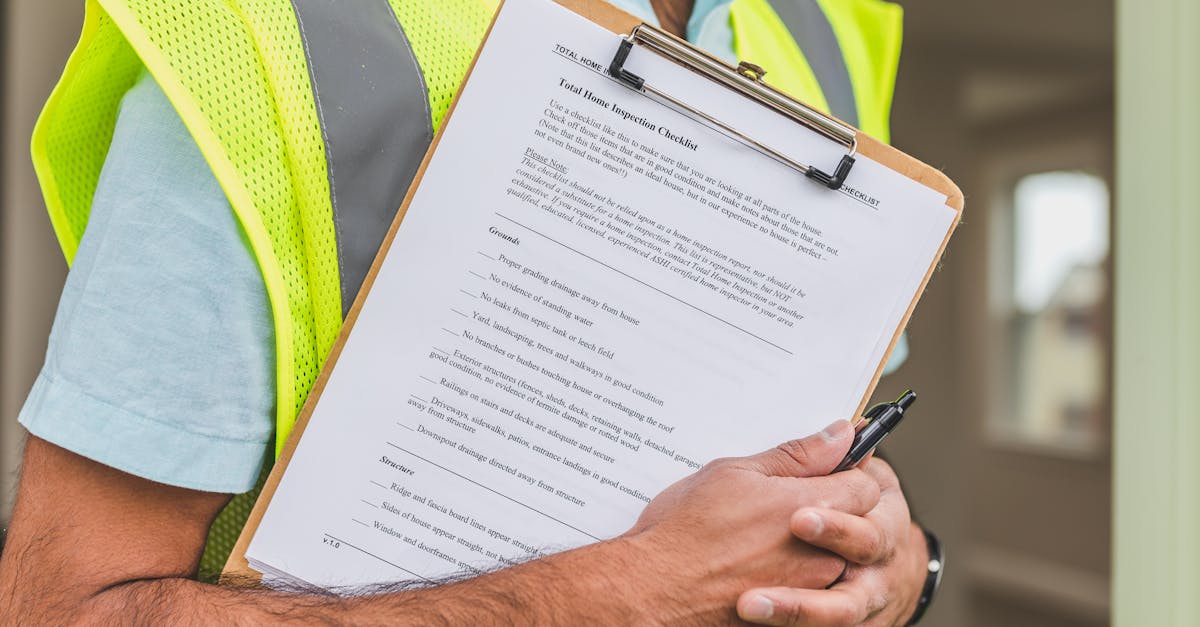Imagine walking into a home that greets you like an old friend, lights dimming just right and your favorite playlist kicking off as soon as you step through the door. Smart home devices aren’t just gadgets; they’re your personal assistants, ready to turn your living space into a haven of convenience and comfort. But before you can sit back and enjoy the magic, there’s that little hurdle called setup.
Table of Contents
ToggleUnderstanding Smart Home Device Setup
Setting up smart home devices involves connecting various technologies to create a seamlessly integrated living environment. Essential knowledge on smart home technology aids in this process.
What is Smart Home Technology?
Smart home technology refers to devices that connect to the internet and enable remote management of household functions. These devices include smart speakers and thermostats that automate everyday tasks. With the ability to communicate with one another, they enhance home efficiency. For example, a smart thermostat learns a user’s schedule to optimize heating and cooling. Moreover, smart lighting systems adjust brightness based on occupancy, contributing to energy conservation.
Benefits of Smart Home Devices
The advantages of smart home devices are significant and varied. They offer improved energy management, which results in savings on utility bills. Enhanced security features also protect homes from potential threats. Smart cameras and alarms can alert owners of unusual activity. Additionally, convenience increases as tasks like adjusting lights and locking doors occur remotely. Comfort rises when users can personalize settings to fit their lifestyles. Enhanced accessibility benefits those with mobility issues, granting them control over their environment.
Essential Steps for Smart Home Device Setup
Setting up smart home devices involves careful planning and execution. Attention to detail streamlines the overall experience.
Preparing Your Home Network
Ensure strong Wi-Fi signal strength throughout the home. A reliable router provides consistent connectivity, essential for seamless device interaction. Verify the network supports the number of devices planned for setup. This step prevents future connectivity issues. Optimize network security to protect sensitive information. Use a unique password and consider enabling a guest network for visitors. Regularly update router firmware to maximize performance and security. Assess the possibility of using range extenders or mesh systems if coverage is limited. These enhancements directly influence device responsiveness and functionality.
Choosing the Right Devices
Select devices that align with specific needs and preferences. Begin by identifying the tasks you want to automate, such as lighting, security, or temperature control. Research compatible options, including brands known for reliability. Look for devices that support popular home assistants, as compatibility improves usability. Evaluate energy-efficient models to reduce long-term operational costs. Consider reading user reviews for insights into performance and ease of use. Ensure the chosen devices can be updated for future capabilities. Documentation may also enhance understanding and troubleshooting during setup.
Common Devices and Their Setup
Smart home devices simplify daily tasks through automation and connectivity. Several popular options exist, including smart speakers, lights, and thermostats, each with specific setup processes.
Smart Speakers
Setting up smart speakers involves connecting them to Wi-Fi and linking them to a companion app. Users typically download the app from the device’s manufacturer. After the app installation, following on-screen instructions simplifies the process. Ensuring the speaker’s firmware stays updated maximizes functionality. Many smart speakers feature voice assistants that respond to commands, enhancing convenience around the home. Experimenting with settings allows users to tailor responses, enabling personalized experiences for various tasks.
Smart Lights
Smart lights offer customizable illumination controlled through smartphones or voice commands. Users usually start by replacing traditional bulbs with smart ones. Pairing lights with the manufacturer’s app allows seamless integration into the home network. Adjusting settings for brightness and color ensures a mood that suits any occasion. Scheduling features enable automatic changes based on the time of day. Furthermore, some smart lighting systems can synchronize with music, creating an immersive atmosphere.
Smart Thermostats
Smart thermostats optimize home heating and cooling through user-friendly interfaces. Initially, users should install the thermostat by following the manufacturer’s guidelines, ensuring compatibility with existing HVAC systems. After installation, connecting the thermostat to Wi-Fi and downloading the corresponding app enables remote access. Scheduling temperature adjustments based on daily routines promotes energy savings while maintaining comfort. Integrating with smart home systems allows for streamlined control through voice commands or automation triggers.
Troubleshooting Smart Home Device Setup
Setting up smart home devices can sometimes lead to challenges. Addressing these common issues effectively enhances user experience.
Connectivity Issues
Connectivity problems often arise during the setup process. Devices require a stable Wi-Fi connection to function properly. Users should check the router’s position to ensure a strong signal throughout their home. Restarting the router frequently resolves minor connectivity issues. Updating firmware on devices might also improve connectivity. Additionally, ensuring that devices are within range of the router plays a crucial role in avoiding disruptions.
Device Compatibility
Compatibility is vital in creating a seamless smart home. Users must examine whether their devices work with existing ecosystems like Amazon Alexa or Google Assistant. Researching specifications before purchase prevents future integration issues. Compatibility usually influences performance, determining how well devices communicate with one another. Adopting devices from the same brand can enhance functionality as they are often designed to work together more effectively. Staying informed about updates and available integrations further supports optimal device interaction.
Security Considerations
Smart home devices enhance convenience, but security remains a top priority. Protecting your smart home network ensures that devices operate safely without unauthorized access.
Protecting Your Smart Home Network
Strengthen the home network using strong passwords for both the router and each connected device. Consider enabling WPA3 encryption, which provides enhanced security for wireless connections. Isolating smart devices on a separate network also minimizes risks from potential breaches. Regularly updating router firmware keeps security features current and protects against vulnerabilities. Monitoring network activity helps identify unusual patterns, indicating possible threats.
Best Practices for Device Security
Change default passwords immediately after setup, as these are often easy targets for hackers. Keep firmware updated to patch any known vulnerabilities in device software. Disabling unnecessary features like remote access reduces potential entry points for attackers. Only download official apps and support software from trusted sources to avoid malware. Regularly review the list of connected devices for unauthorized access and remove any unfamiliar entries.
Setting up smart home devices can transform any living space into a more efficient and enjoyable environment. By following the outlined steps and focusing on compatibility and security, users can maximize the benefits these devices offer. With careful planning and a strong network, it’s possible to create a seamless integration of technology that enhances comfort and convenience. Embracing smart home technology not only leads to energy savings but also elevates daily living. As technology continues to evolve, staying informed will ensure that homes remain secure and efficient.





